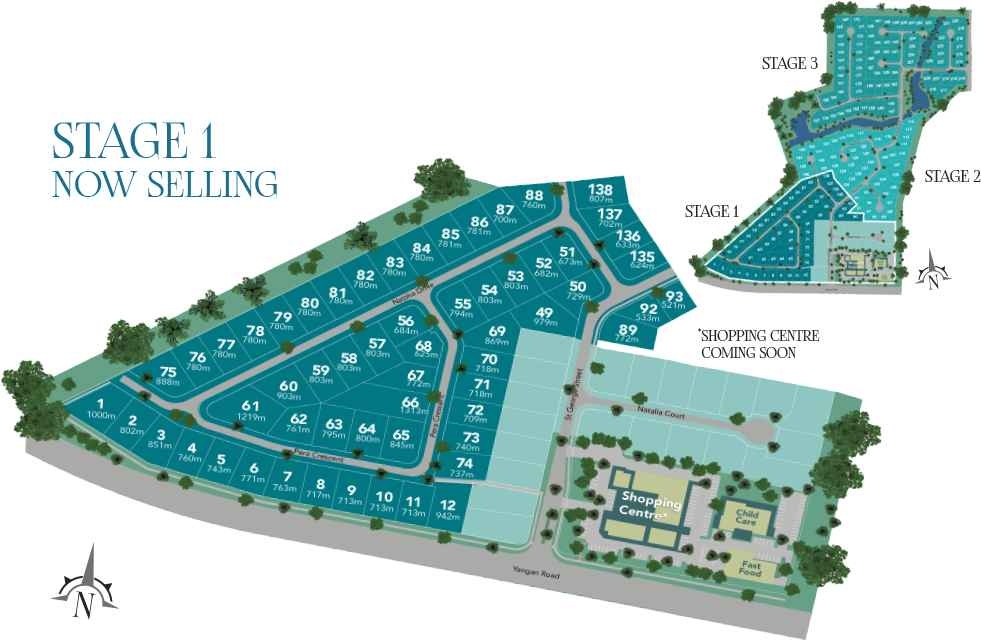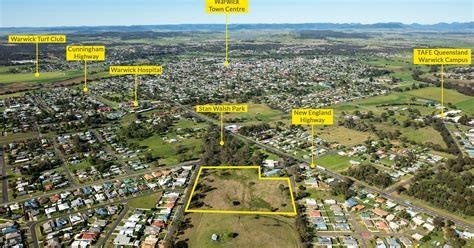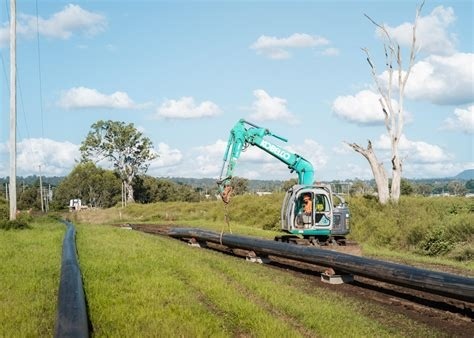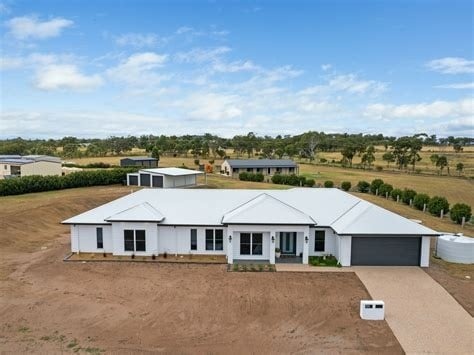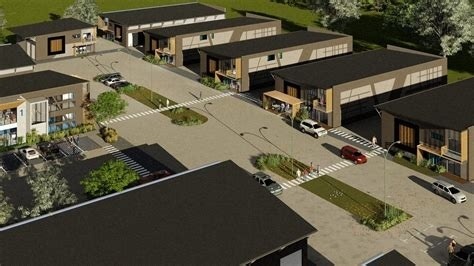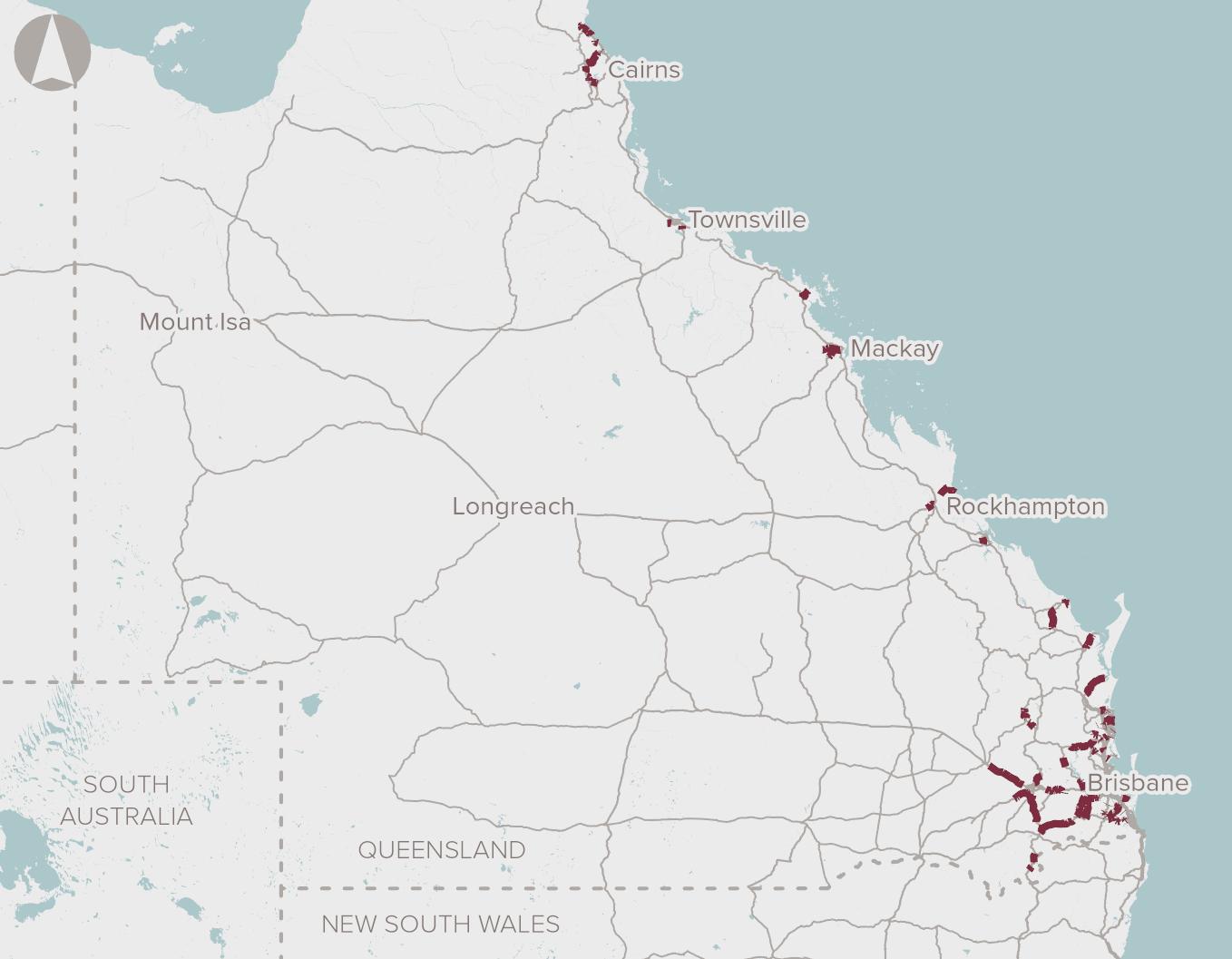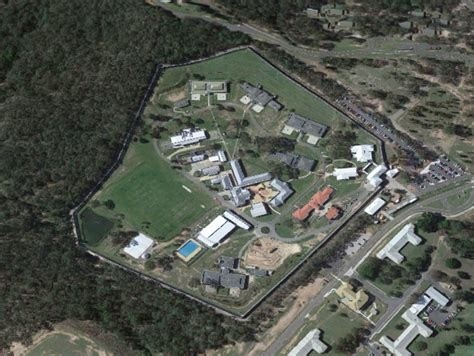Chart Color Schemes
est. as @ -- *
ABS ERP | -- people | --
2021 Census | -- people
Sales Activity
Curious about local property values? Filter the chart to assess the volume and appreciation (including resales) trends and regional comparisons, or scroll to the map below view this information at an individual property level.
Find a Recent Sale
Sales Detail
Population
An assessment of population growth drivers in Warwick reveals an overall ranking slightly below national averages considering recent, and medium term trends
Warwick's population as of August 2025 is around 16,342 people. This figure reflects an increase of 817 individuals since the 2021 Census, which reported a population of 15,525. The change can be inferred from the estimated resident population of 16,156 as of June 2024 and an additional 279 validated new addresses since the Census date. This results in a density ratio of 103 persons per square kilometer. Warwick's growth rate of 5.3% since the 2021 census exceeded the SA4 region's growth rate of 5.1%, indicating it as a growth leader in the area. Interstate migration contributed approximately 67.9% of overall population gains during recent periods, driving primary population growth for the area.
AreaSearch adopts ABS/Geoscience Australia projections for each SA2 area, released in 2024 with a base year of 2022. For areas not covered by this data and years post-2032, Queensland State Government's SA2 area projections are adopted, released in 2023 and based on 2021 data. However, these state projections do not provide age category splits; therefore, AreaSearch applies proportional growth weightings in line with the ABS Greater Capital Region projections for each age cohort. Looking ahead with demographic trends, a population increase just below the median of non-metropolitan areas nationally is expected. The area is projected to expand by 1,266 persons to reach approximately 17,608 by 2041 based on the latest population numbers, reflecting an overall increase of 6.6% over the 17-year period from 2025 to 2041.
Frequently Asked Questions - Population
Development
Recent residential development output has been above average within Warwick when compared nationally
Warwick has seen approximately 56 new homes approved annually. Development approval data from the ABS is on a financial year basis: 281 homes over the past five financial years, from FY-20 to FY-25, and 28 so far in FY-26. On average, about 1.4 people move to the area each year for each dwelling built during these years. This suggests a balance between supply and demand, maintaining stable market dynamics.
New properties are constructed at an average expected cost of $374,000, below the regional average, indicating more affordable housing options for buyers. This financial year has seen $31.2 million in commercial approvals, reflecting high local commercial activity. Compared to the Rest of Qld, Warwick has slightly more development, with 13.0% above the regional average per person over the five-year period, offering good buyer choice while supporting existing property values.
New development consists of 74.0% detached dwellings and 26.0% attached dwellings, maintaining the area's traditional low-density character focused on family homes. The location has approximately 270 people per dwelling approval, indicating a low density market. Looking ahead, Warwick is projected to grow by 1,080 residents by 2041. At current development rates, new housing supply should comfortably meet demand, providing good conditions for buyers and potentially supporting growth beyond current population projections.
Frequently Asked Questions - Development
Infrastructure
Warwick has limited levels of nearby infrastructure activity, ranking in the 17thth percentile nationally
Changes to local infrastructure significantly influence an area's performance. AreaSearch has identified eight projects likely to impact the area. Notable projects include Aleva Estate Residential Development, Warwick Saleyards Redevelopment Project, The Crossroads Development, and Sovereign Downs Estate. Relevant details are listed below.
Professional plan users can use the search below to filter and access additional projects.
INFRASTRUCTURE SEARCH
Frequently Asked Questions - Infrastructure
Queensland Energy and Jobs Plan Infrastructure
Comprehensive energy infrastructure program including renewable energy projects, transmission lines, battery storage and supporting infrastructure. Part of Queensland's transition to clean energy and job creation.
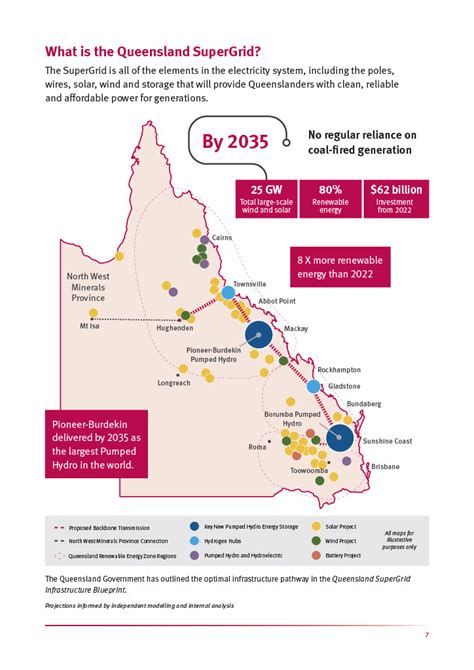
MacIntyre Wind Precinct
Australia's largest wind precinct west of Warwick QLD. The precinct comprises the 923MW MacIntyre Wind Farm (162 turbines, commissioning through 2024-2025), the 103MW Karara Wind Farm (in development) and a proposed 400MW/2h Karara BESS (DA lodged late 2024), plus the proposed 1,000MW Herries Range Wind Farm (in development). Powerlink's grid connection works are complete; MacIntyre achieved first power in late 2024 and is targeting full operations by late 2025. The wider precinct remains under staged delivery within the Southern Downs Renewable Energy Zone.
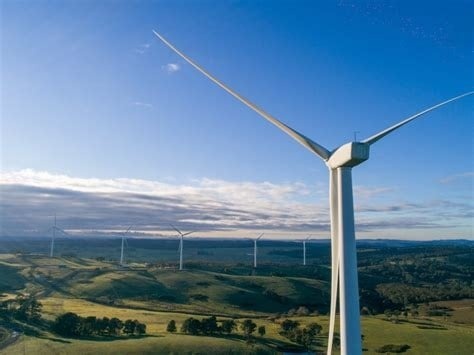
Warwick Home & Co Retail Centre
A fully refurbished 2,522sqm large format retail centre completed in March 2025, anchored by national tenants Repco and Choice The Discount Store. The centre was transformed from a former Bunnings warehouse and features 41 on-grade car spaces. Stage Two development is underway with DA approval imminent for an additional 1,895sqm retail centre with 46 car parks, pre-committed to SNAP Fitness and other national retailers. Located on Warwick's main thoroughfare with excellent visibility and access via three street frontages.
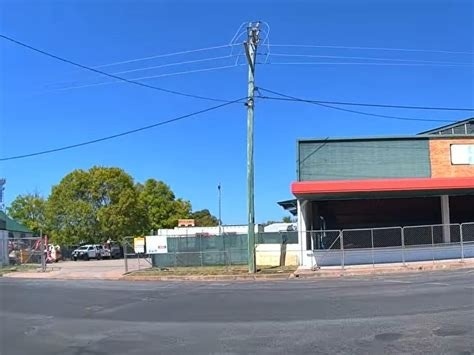
Toowoomba to Warwick Pipeline
Approx. 111 km underground raw water pipeline transferring water sourced from Wivenhoe Dam via existing bulk water assets at Toowoomba (near Mount Kynoch) to a new 15 ML Warwick Reservoir near Leslie Dam, with offtakes enabling permanent supply to Cambooya, Greenmount, Nobby and Clifton, and drought contingency supply to Warwick, Allora, Yangan and by carting to Stanthorpe and Killarney. Procurement for the head contractor is underway with construction due to commence in 2025 and completion targeted for 2027, subject to weather and construction conditions.
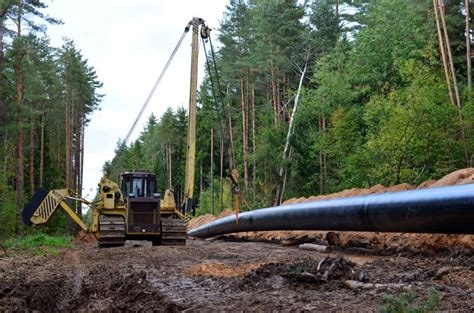
Inland Rail - Border to Gowrie
Construction of approximately 149 km of new dual-gauge track and upgrade of 68 km of existing railway, forming a 217 km section of single-track dual-gauge freight rail line as part of the Melbourne to Brisbane Inland Rail corridor to enhance freight efficiency and connectivity.
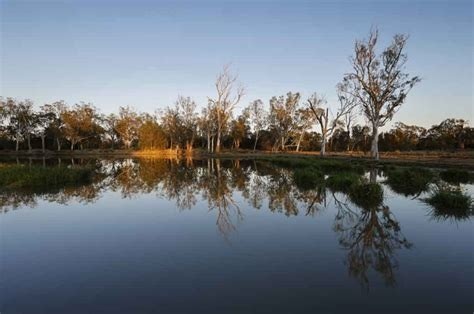
Warwick Solar Farm
Large-scale solar photovoltaic facility designed to generate clean renewable energy for the Queensland grid. The solar farm features thousands of solar panels across multiple hectares with battery storage capacity to provide consistent power supply. The project supports Queensland's renewable energy targets and provides local employment during construction and operation phases.
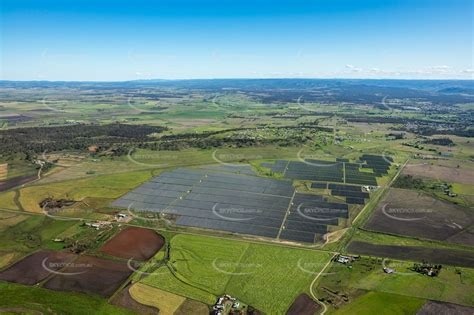
Warwick Saleyards Redevelopment Project
Major redevelopment of the historic Warwick Saleyards to create a modern livestock selling facility with improved animal welfare standards, enhanced facilities for buyers and sellers, and increased capacity. The project includes new covered selling areas, improved drainage, upgraded roads and enhanced biosecurity measures to maintain Warwick's position as a leading cattle selling centre.
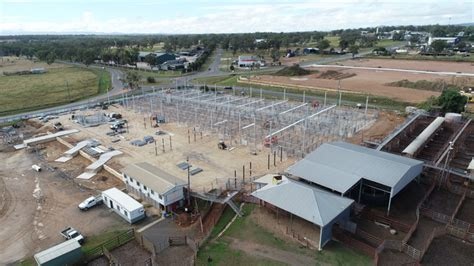
Toowoomba to Warwick Pipeline
$370 million pipeline to transport raw water from Wivenhoe Dam to connect with Toowoomba Regional Council's water infrastructure, supplying water to Warwick and providing treated water to communities like Cambooya, Greenmount, Nobby, and Clifton. This critical water infrastructure project enhances water security for both regions and supports future growth.

Employment
AreaSearch analysis indicates Warwick maintains employment conditions that align with national benchmarks
Warwick's workforce is balanced across white and blue collar jobs. Essential services sectors are well represented, with an unemployment rate of 3.6% as of June 2025.
The area has seen estimated employment growth of 4.4% over the past year. At this time, 7,532 residents are employed while the unemployment rate is 0.3% lower than Rest of Qld's rate of 3.9%. Warwick's workforce participation rate is 53.4%, significantly lower than Rest of Qld's 59.1%. The dominant employment sectors include health care & social assistance, retail trade, and manufacturing, with manufacturing particularly notable at 2.1 times the regional average.
Construction has a limited presence in Warwick, with 7.6% employment compared to 10.1% regionally. Many residents commute elsewhere for work. Over the past year, employment increased by 4.4%, labour force grew by 5.7%, and unemployment rose by 1.2 percentage points. In contrast, Rest of Qld saw employment rise by 1.8%, labour force grow by 2.0%, and unemployment increase by 0.2 percentage points. As of Sep-25, Queensland's employment contracted by 0.23% (losing 8,070 jobs), with the state unemployment rate at 4.2%. Nationally, the unemployment rate is 4.5%, with national employment growth of 0.26%. Jobs and Skills Australia forecasts national employment to expand by 6.6% over five years and 13.7% over ten years. Applying these projections to Warwick's employment mix suggests local growth of approximately 5.7%% over five years and 12.6% over ten years, based on a simple weighting extrapolation for illustrative purposes.
Frequently Asked Questions - Employment
Income
Income metrics place the area in the bottom 10% of locations nationally according to AreaSearch analysis
Warwick's median taxpayer income in financial year 2022 was $43,987, with an average of $50,960. This is lower than the national average. The Rest of Qld had a median income of $50,780 and an average income of $64,844 in the same period. Based on Wage Price Index growth since financial year 2022, estimated median income as of March 2025 is approximately $49,138, and average income is estimated at $56,927. According to the 2021 Census, incomes in Warwick fall between the 8th and 14th percentiles nationally. The predominant income cohort in Warwick spans 28.3% of locals (4,624 people) with incomes between $800 - 1,499. This contrasts with the surrounding region where the $1,500 - 2,999 bracket leads at 31.7%. Housing affordability pressures in Warwick are severe, with only 84.8% of income remaining, ranking at the 11th percentile nationally.
Frequently Asked Questions - Income
Housing
Warwick is characterized by a predominantly suburban housing profile, with a higher proportion of rental properties than the broader region
Warwick's dwelling structure, as per the latest Census, consisted of 87.1% houses and 12.9% other dwellings (semi-detached, apartments, 'other' dwellings). In comparison, Non-Metro Qld had 92.3% houses and 7.6% other dwellings. Home ownership in Warwick was at 37.6%, with the rest either mortgaged (28.8%) or rented (33.6%). The median monthly mortgage repayment was $1,222, lower than Non-Metro Qld's average of $1,300. The median weekly rent in Warwick was $265, compared to Non-Metro Qld's $255. Nationally, Warwick's mortgage repayments were significantly lower at $1,222 compared to the Australian average of $1,863, and rents were substantially below the national figure of $375.
Frequently Asked Questions - Housing
Household Composition
Warwick features high concentrations of lone person households, with a fairly typical median household size
Family households account for 66.0% of all households, including 22.1% that are couples with children, 29.6% that are couples without children, and 13.2% that are single parent families. Non-family households constitute the remaining 34.0%, with lone person households at 31.6% and group households comprising 2.5%. The median household size is 2.3 people, which aligns with the average for the Rest of Qld.
Frequently Asked Questions - Households
Local Schools & Education
Warwick faces educational challenges, with performance metrics placing it in the bottom quartile of areas assessed nationally
The area's university qualification rate is 13.7%, significantly lower than Australia's average of 30.4%. This presents both a challenge and an opportunity for targeted educational initiatives. Bachelor degrees are the most common at 10.0%, followed by postgraduate qualifications (1.9%) and graduate diplomas (1.8%). Trade and technical skills are prominent, with 39.3% of residents aged 15+ holding vocational credentials – advanced diplomas (8.4%) and certificates (30.9%).
Educational participation is high at 27.5%, including 10.7% in primary education, 9.3% in secondary education, and 2.3% pursuing tertiary education. Thirteen schools serve 3,244 students, with Warwick demonstrating typical Australian school conditions (ICSEA: 952) and balanced educational opportunities. The educational mix includes five primary, three secondary, and five K-12 schools. School capacity exceeds residential needs at 19.9 places per 100 residents compared to the regional average of 14.2, indicating the area serves as an educational center for the broader region.
Frequently Asked Questions - Education
Schools Detail
Nearby Services & Amenities
Transport
Transport servicing is low compared to other areas nationally based on assessment of service frequency, route connectivity and accessibility
Warwick has 76 active public transport stops operating within its boundaries. These stops are served by a mix of buses along five different routes. Together, these routes facilitate 140 weekly passenger trips.
The accessibility of the transport system is rated as good, with residents typically located 324 meters from their nearest transport stop. On average, there are 20 trips per day across all routes, resulting in approximately one weekly trip per individual stop.
Frequently Asked Questions - Transport
Transport Stops Detail
Health
Health performance in Warwick is well below average with prevalence of common health conditions notable across both younger and older age cohorts
Warwick faces significant health challenges, with common conditions prevalent across both younger and older age groups. Private health cover is low at approximately 46%, covering about 7,582 people, compared to the national average of 55.3%.
The most common conditions are arthritis (10.4%) and mental health issues (9.2%). Around 61.2% report no medical ailments, slightly lower than Rest of Qld's 62.0%. Approximately 25.8% of residents are aged 65 and over (4,209 people), lower than Rest of Qld's 27.0%. Health outcomes among seniors show some challenges but perform better than the general population in health metrics.
Frequently Asked Questions - Health
Cultural Diversity
Warwick is considerably less culturally diverse than average when assessed alongside AreaSearch's national rankings for language and cultural background related metrics
Warwick's cultural diversity was found to be below average, with 89.8% of its population being citizens, 90.7% born in Australia, and 95.9% speaking English only at home. The dominant religion in Warwick was Christianity, accounting for 63.3% of the population, compared to 63.9% across the Rest of Qld. The top three ancestry groups were Australian (30.8%), English (30.6%), and Irish (10.1%).
Notably, German ethnicity was overrepresented in Warwick at 5.3%, compared to 5.6% regionally; Australian Aboriginal was also higher at 5.1%, versus the regional average of 3.6%; Scottish ancestry stood at 8.7%, slightly above the regional figure of 8.5%.
Frequently Asked Questions - Diversity
Age
Warwick hosts an older demographic, ranking in the top quartile nationwide
Warwick's median age is 44 years, which is slightly above Rest of Qld's average of 41 years and considerably older than Australia's median age of 38 years. The age profile shows that individuals aged 75-84 are particularly prominent, making up 9.7% of the population, while those aged 35-44 comprise only 9.8%. Since 2021, the 15 to 24 age group has increased from 11.5% to 12.7%, whereas the 45 to 54 cohort has decreased from 11.4% to 9.9% and the 5 to 14 group has dropped from 13.2% to 12.2%. Population forecasts for Warwick in 2041 indicate substantial demographic changes, with the 75 to 84 cohort projected to grow by 26%, adding 413 residents to reach a total of 2,005. Senior residents aged 65 and above will drive 55% of population growth, emphasizing demographic aging trends. Conversely, population declines are projected for the 45 to 54 and 5 to 14 age cohorts.
